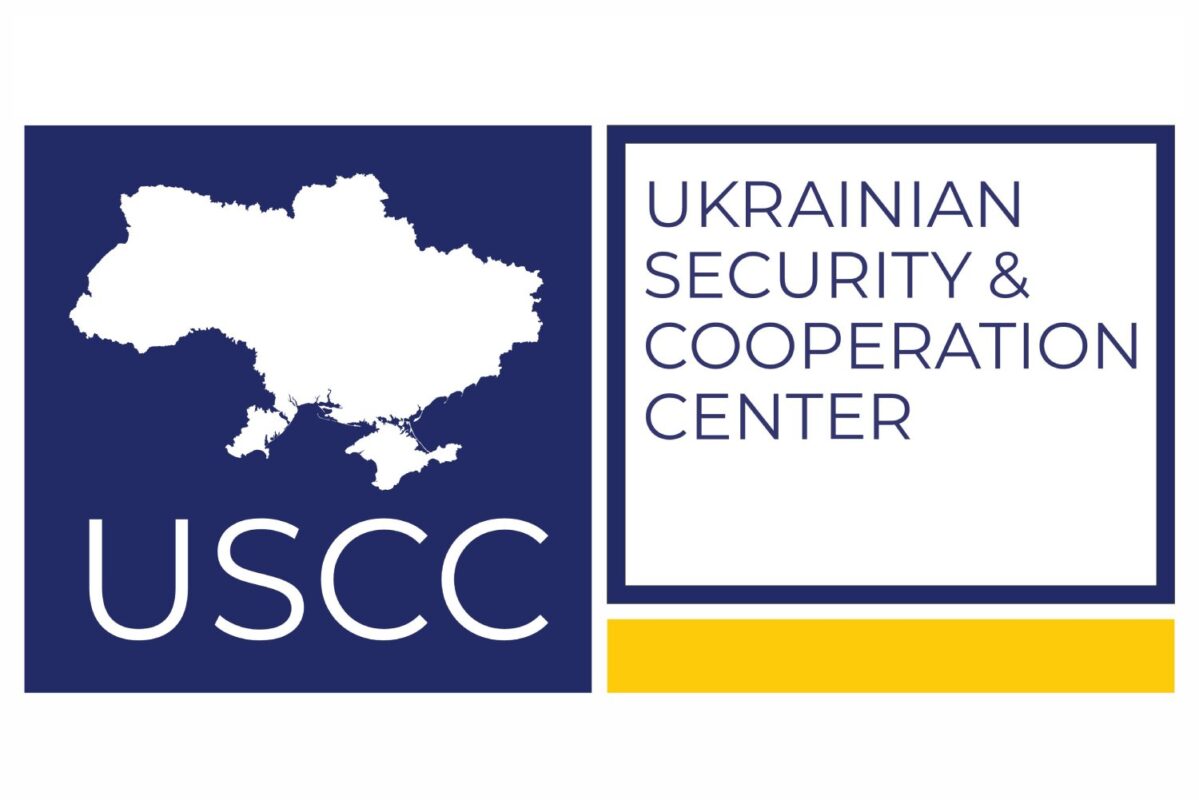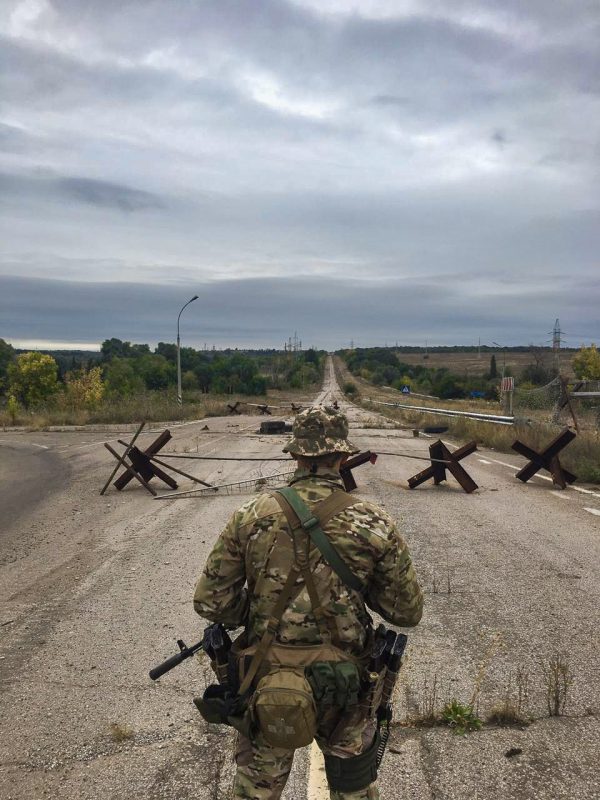“We can defend ourselves, we even must defend ourselves from an onslaught, from any personal or public or broader attack, we have the right, even the duty, to defend ourselves”, – Cardinal of the Ukrainian Greek Catholic Church Lubomyr Husar said.
It is our duty. We fulfilled it during the Revolution of Dignity when we all defended our European choice and our free future. When military and civilian volunteers and millions of concerned Ukrainians together with the army stopped the offensive of a significantly stronger aggressor.
In our case, “together” is not just an adverb. It is the comprehensive mutual support that, even now, overcomes the toughest ordeals and forces us to move forward.
That is why our “together” has never been limited to the front. After all, our “together” has always been about love for our neighbors and unconditional faith in the future.
In 2014, no one expected that we would be able to withstand the onslaught of Russian troops. That our resistance would be so strong that Russia would revise its plans for the further occupation of Ukraine.
That’s because our resistance was national: from an ordinary citizen who gave the shirts off their back for the needs of the army, to soldiers who defended every piece of Ukrainian land till the last.
Since 2014, Russian aggression has not stopped for a day.
Of course, in the eighth year of the war, time blunted the sense of danger. But has the need to continue the joint struggle disappeared? No, because Russia still poses the most serious threat to us.
In 2014, we were not ready for war. Our struggle, though filled with ideas, was chaotic and spontaneous. We curbed the aggressor but paid a terrible price – thousands of lives.
Do we want a replay? No, that is why today our struggle is moving to another level, a professional one – an organized system of comprehensive struggle, enshrined in the Military Security Strategy. And it should be introduced by the adoption of the draft law №5557 on the fundamentals of national resistance.
Like most countries, our country has limited defense capabilities. First of all, because the maintenance of regular units in each region requires significant financial and economic costs. We cannot compete with the Russian Federation in reaching military parity and similar arms build-up, as this would lead to serious economic depletion. However, we must ensure the occupiers burning land under their feet in the event of an attack. Therefore, the need for prompt counteraction and repel of the aggression from any direction is critical.
This means that absolutely every Ukrainian plays a key role in defense. That is why the preparation of Ukrainian citizens for defense and national resistance provided for in the draft law №5557 is so vital. In addition to forming patriotic consciousness, the training of citizens is also based on general military training, i.e. knowledge and practical skills necessary for defending Ukraine.
At the same time, the draft law №5557 provides for the development of territorial defense and the resistance movement.
To ensure its full development, the territorial defense will be singled out as a new force after the ground, air, naval forces and the Special Operations Forces of the Armed Forces of Ukraine. Each region shall have its brigade, and each district shall have a territorial defense battalion. It will be possible to form volunteer groups at the level of local communities. Territorial defense participants will be involved in the implementation of certain tasks assigned to the Armed Forces, first of all – the protection of the territory from the occupiers, if necessary, in any region of Ukraine. If any territory is occupied, there will be a resistance movement against the enemy.
All these steps are designed to significantly strengthen defense capabilities. Therefore, in case of planning further offensives, even the Russian Federation will be forced to take into account the existence of territorial defense, which will increase the number of the Armed Forces of Ukraine by 11 thousand, as well as possible resistance movements in the temporarily occupied territories of the Autonomous Republic of Crimea, Sevastopol, Donetsk and Luhansk regions.

